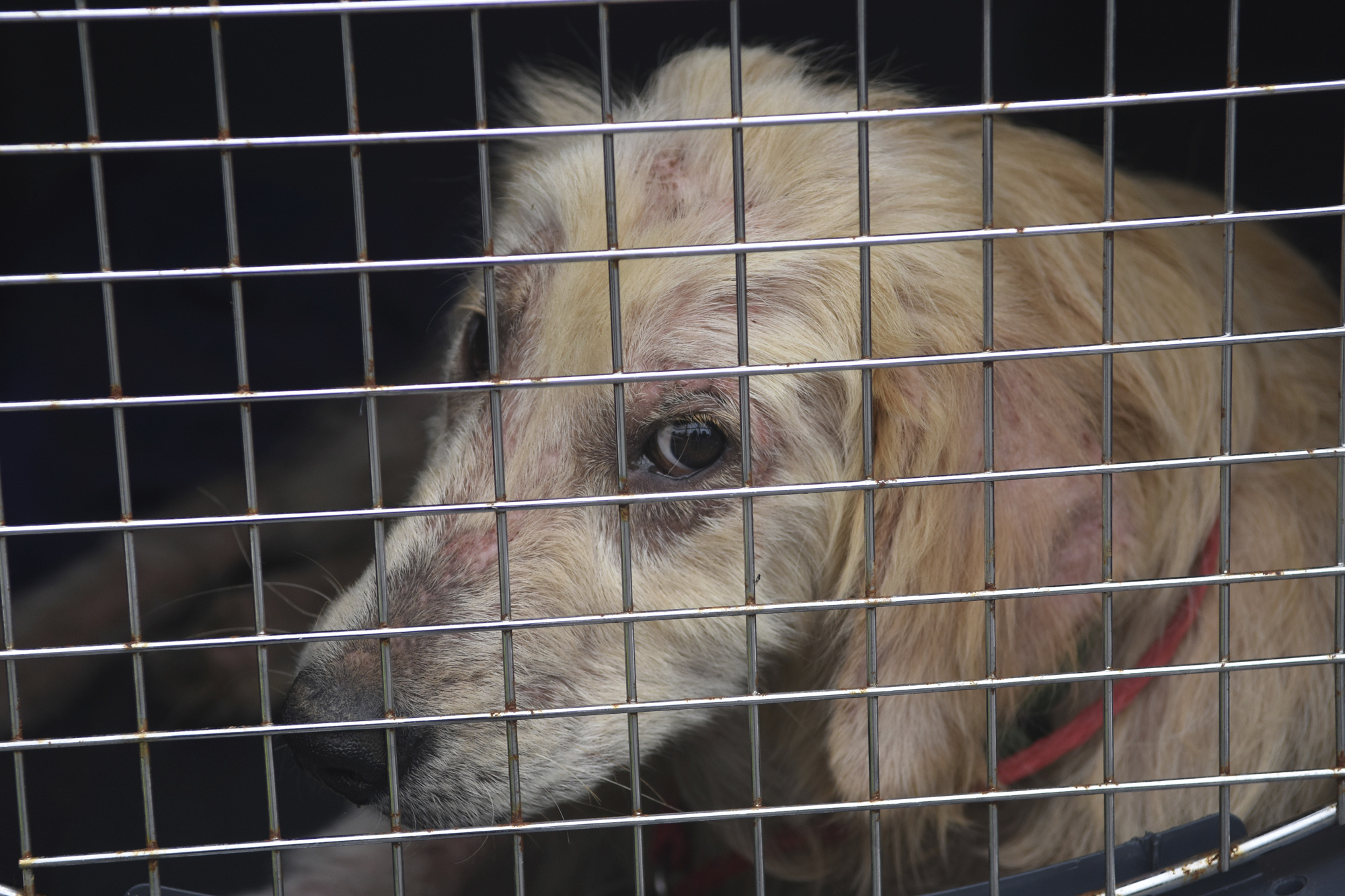In contemporary society, the plight of animals is an issue of considerable moral and ethical significance. As discussions surrounding animal welfare intensify, various legislative measures have emerged to combat cruelty in multiple forms. This article aims to illuminate some of the current animal cruelty bills under consideration, emphasizing the underlying motivations and ramifications these laws may entail.
One of the most poignant observations in the realm of animal protection is the disparity in legislative approaches across different jurisdictions. This inconsistency often results in inadequate protection for animals, as each state may adopt a unique set of regulations, or in some cases, none at all. A focal point in recent debates is the “Puppy Protection Act,” which seeks to prohibit the sale of dogs from commercial breeders lacking adequate humane standards. Advocates argue that these establishments frequently prioritizing profit over welfare often perpetuate a cycle of neglect and abuse. By enforcing stricter guidelines, this legislation aims to mitigate the rampant issue of puppy mills and enhance the living conditions of dogs awaiting adoption.
Another significant piece of legislation capturing national attention is the “Animal Cruelty Enforcement Act.” This proposed bill seeks to establish a federal standard for prosecuting animal cruelty offenses. Currently, the lack of uniformity in enforcement makes it challenging to hold offenders accountable, allowing egregious acts to slip through the cracks of legal scrutiny. By introducing comprehensive frameworks and mandatory reporting measures, this bill aims to create a cohesive system that offers animals protection irrespective of geographical boundaries.
The dialogue surrounding animal welfare also intersects with environmental conservation efforts, often revealing a deeper connection between the two. The “Animal Welfare in Agricultural Production Act” is a testament to this growing recognition. This legislation not only addresses the mistreatment of livestock but also seeks to promote sustainable farming practices. The dichotomy between livestock production and humane treatment is under scrutiny, spurring legislators to consider how animal welfare standards can be harmonized with economic viability. By mandating a certain quality of life for animals, proponents hope to inspire a shift towards more responsible agricultural practices while simultaneously advocating for ethical treatment.
In recent years, the digital landscape has led to a more profound examination of animal exploitation through modern technologies, leading to innovations in legislative approaches. An example of this is the “Animal Cruelty Cybercrime Act.” This bill is crafted to address the phenomenon of online animal fighting and the dissemination of malicious content pertaining to animal abuse. Social media platforms have inadvertently become venues for the promotion and glorification of such nefarious activities. By establishing penalties for digital facilitators of cruelty, this legislation seeks to dismantle a pervasive culture that normalizes violence against animals, condemning them from physical violence to digital exploitation.
Furthermore, the interaction between animal rights and public health is becoming increasingly salient. The COVID-19 pandemic has reignited discussions surrounding zoonotic diseases and the treatment of wildlife, leading to proposals like the “Wildlife Protection Act.” This legislation emphasizes the importance of conserving habitats and protecting wildlife from both exploitation and habitat destruction, which is a common root cause of the emergence of infectious diseases. By safeguarding ecosystems, this bill aims to establish a symbiotic relationship between animal welfare and public health, addressing the ethical imperative of protecting wildlife while also safeguarding human populations.
The ongoing dialogue illustrates a broader societal reckoning with the exploitation of animals across various sectors—from food production to entertainment. The “Ban on Cosmetic Testing on Animals Act” has recently gained traction, where the underlying concern revolves around ethical consumption and corporate responsibility. Many consumers are increasingly demanding transparency and cruelty-free practices. This bill not only addresses the harmful effects of testing but also reflects the shifting consumer mindset towards prioritizing ethical companies in both personal and collective purchasing decisions. The implications of this act are vast, potentially leading to a significant reduction in animal suffering within industries reliant on testing.
As these bills traverse legislative processes, public sentiment plays a crucial role in shaping their outcomes. Animal advocates have utilized grassroots campaigns and social media to galvanize support, translating concern into action. However, the context surrounding animal rights legislation is fraught with complexities. Misguided perceptions about animal welfare can result in polarized debates rooted in cultural, economic, and ethical considerations. Understanding these multifaceted arguments fosters a more profound discourse about our responsibilities towards animals as sentient beings.
The tapestry of animal cruelty legislation is indicative of an evolving perspective that recognizes the intrinsic value of all living beings. It is essential to remain vigilant as the dialogues surrounding these bills develop, urging for more comprehensive protections that are universally applicable. While the mere existence of these bills marks a forward stride in the fight against animal cruelty, their potential for impactful change lies in the collective commitment to ensure their enactment and adherence. In the end, the journey towards alleviating suffering is not merely legislative; it signifies a broader awakening to the moral obligations we owe to animals in an increasingly interconnected world.








